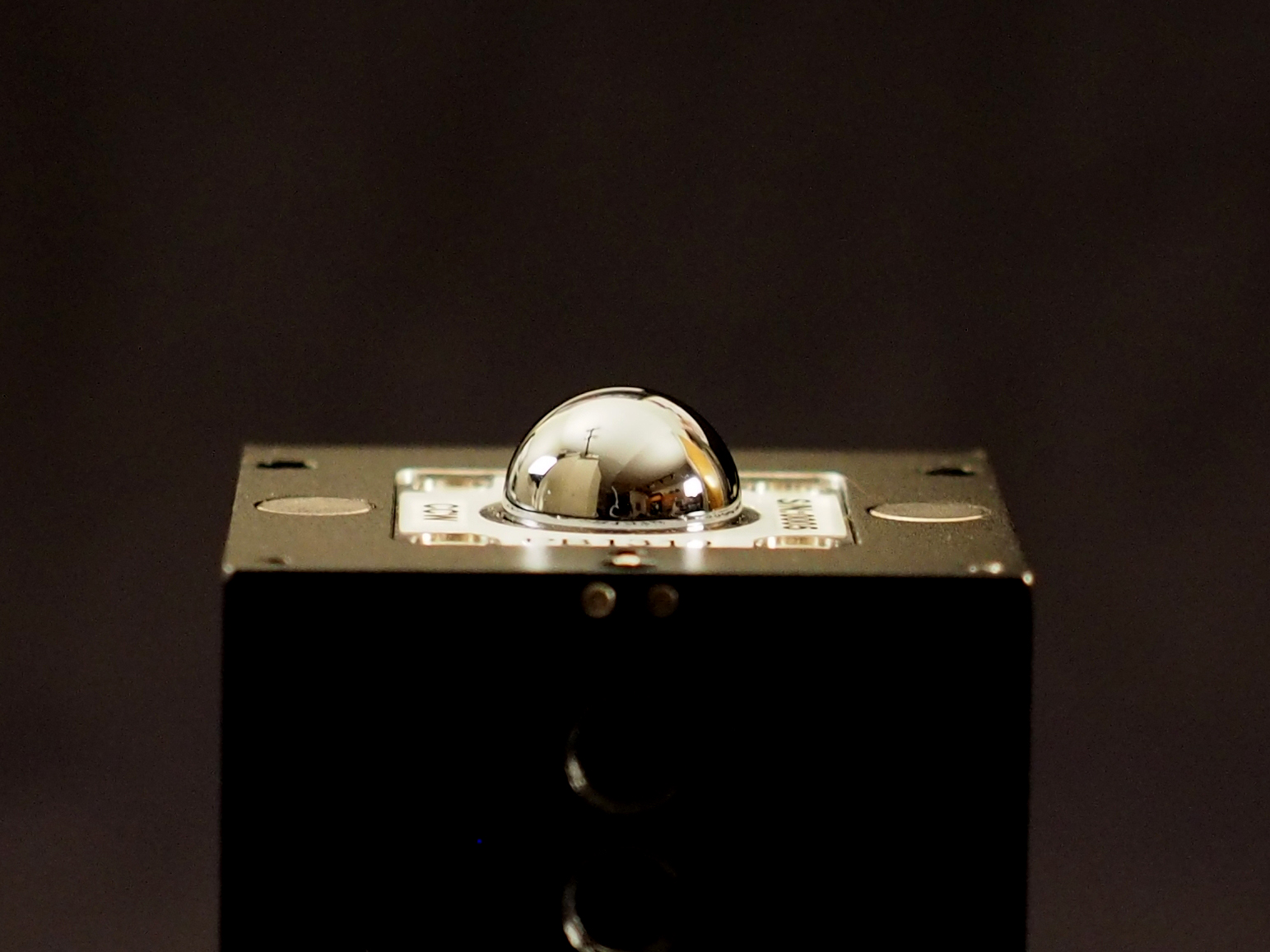“While most of us would love to drive a Ferrari, the fact of the matter is most of us can’t afford to. We have to drive something more economical like a Ford, a Honda, a Mazda or some other mass-produced automobile,” states Dr. Joseph R. Demers, CEO of Bakman Technologies. “If you look at Terahertz technology, you see a lot of ‘Ferraris’ – high-performance, handcrafted, expensive instruments that are sold in small volumes. In order to expand the market for THz technology, the community needs to think Ford and not Ferrari. It needs to focus on economical, reliable, rugged, application-specific THz sensors.”
“Because of our focus on this, we have continued to decrease the size, complexity and cost of our systems. This winter, we plan to release our latest version of a portable THz spectrometer; the PB7300,” added Dr. Demers. “These are still general-use instruments, but are a major step forward in our goal to produce application-specific spectroscopic THz sensors that cost under $10k in volume.”
As part of the continuing Phase II NSF work, the new PB7300 frequency domain THz spectrometer will feature ceramic-bodied, hermetic photomixers with adaptable optics, a new laser control unit that measures only 20cm x 20cm x 5cm and has a mass of around 2kg. The PB7300 will be designed to easily integrate with our new lightweight, multi-pass sample cells. All of these changes will result in an extremely adaptable, portable, rugged THz spectrometer that can be used for a variety of applications including pollution monitoring, gas sensing and biologicals detection. Given the recent discoveries surrounding the interaction of THz radiation and COVID-19, the easy-to-mass-produce PB7300 could open doors to pre-screening processes on a wider scale.
Original post https://alertarticles.info
